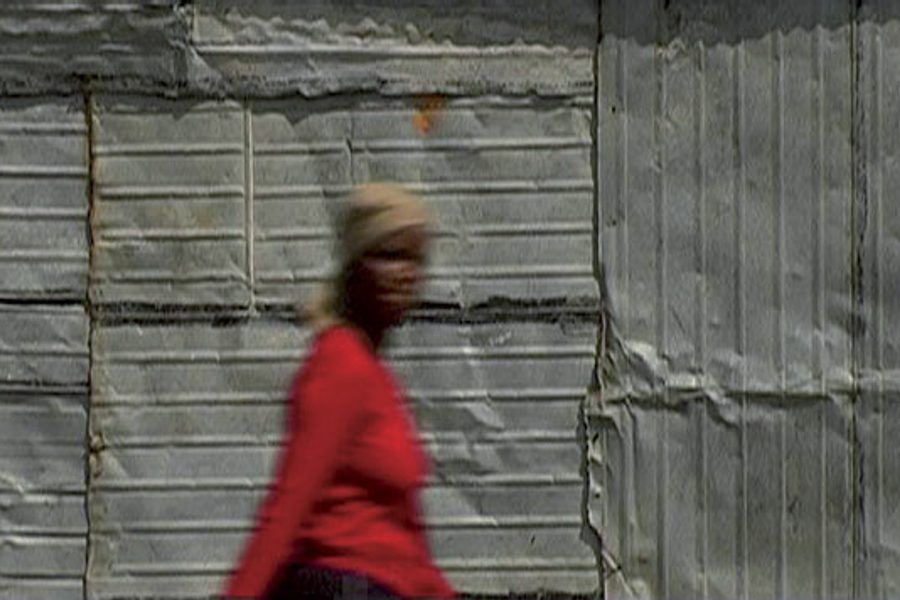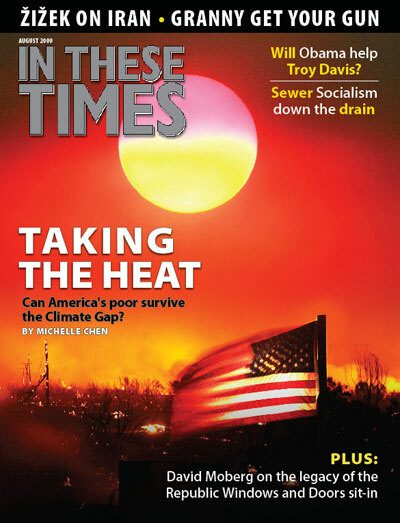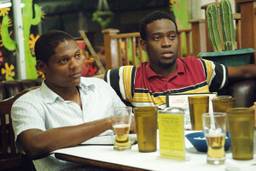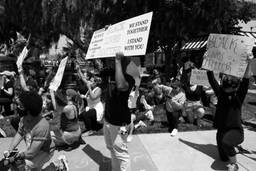Outtakes of Africa
Sub-Saharan Africa begs for cinematic calls to action; this year’s Human Rights Watch film festival delivered.
Brandon Harris

Now in its 20th year, the annual Human Rights Watch International Film Festival culls together a trove of the year’s more notable politically conscious motion pictures. Held in Manhattan in June, this year’s festival played host to 32 films from 17 countries.
While the festival featured fantastic work from around the globe, this year’s most affecting films dealt with sub-Saharan Africa, perhaps the most consistently troubled part of the world and one that desperately begs for cinematic calls to action.
Sally Gutierrez Dewar’s Tapologo focuses on HIV-positive former sex workers in South Africa who care for those with more advanced cases of the virus, while Barbara Attie and Janet Goldwater’s Mrs. Groundo’s Daughter details a Malian woman’s struggle to obtain asylum in the United States to protect her daughter from the grotesque practice of female genital mutilation.
But Anne Aghion’s My Neighbor, My Killer, a powerful and haunting cinematic statement, left stronger impressions. Aghion’s third film shows us Gafumba, Rwanda, a village permanently scarred by the 1994 genocide. Aghion takes us into the heart of Rwanda’s attempts to exorcise the ghosts of its past via open-air hearings where victims and their families judge those who took part in the slaughter.
Digging deep into the psyches of Gafumba’s killers and survivors, Aghion brings us uncomfortably close to human beings, capable of both cruelty and forgiveness, who are caught in a moral nightmare. By the end of My Neighbor, My Killer, it is clear that the future of Rwanda hinges on mutual healing between Hutus and Tutsis.
The festival’s most compelling portrait of Africa, however, was Good Fortune. An incendiary look at how foreign aid can unintentionally exacerbate problems in some of Africa’s most impoverished regions, Landon Van Soest and Jeremy Levine’s documentary traces the effects of a UN-sponsored initiative to renovate Kibera, one of the world’s largest slums in Nairobi, Kenya.
As this fascinating and infuriating film illustrates, Kenyans in both Kibera and the farmlands of the country’s western provinces are struggling with well-meaning but poorly conceived and paternalist encroachment from the West.
Levine and Soest, who studied as a Fulbright Scholar in Kenya before embarking on this ambitious chronicle of the ways foreign aid can disrupt both rural and urban life, do a good job of balancing their Kenyan subjects, international agribusiness operators and UN urban developers to paint a complex picture of a broken system.
Good Fortune intercuts between a Kibera midwife’s struggle to keep her business afloat amidst the slum’s infrastructural changes and a family farm threatened by a multinational’s plan to build a mechanized rice farm. That farm could conceivably produce enough rice to help alleviate hunger in the surrounding provinces, but not without flooding the lands of nearby independent growers.
The film shows how top-down approaches to international aid are doomed to fail – a lesson paternalistic Western governments ought to heed. The road to hell is indeed paved with good intentions.






